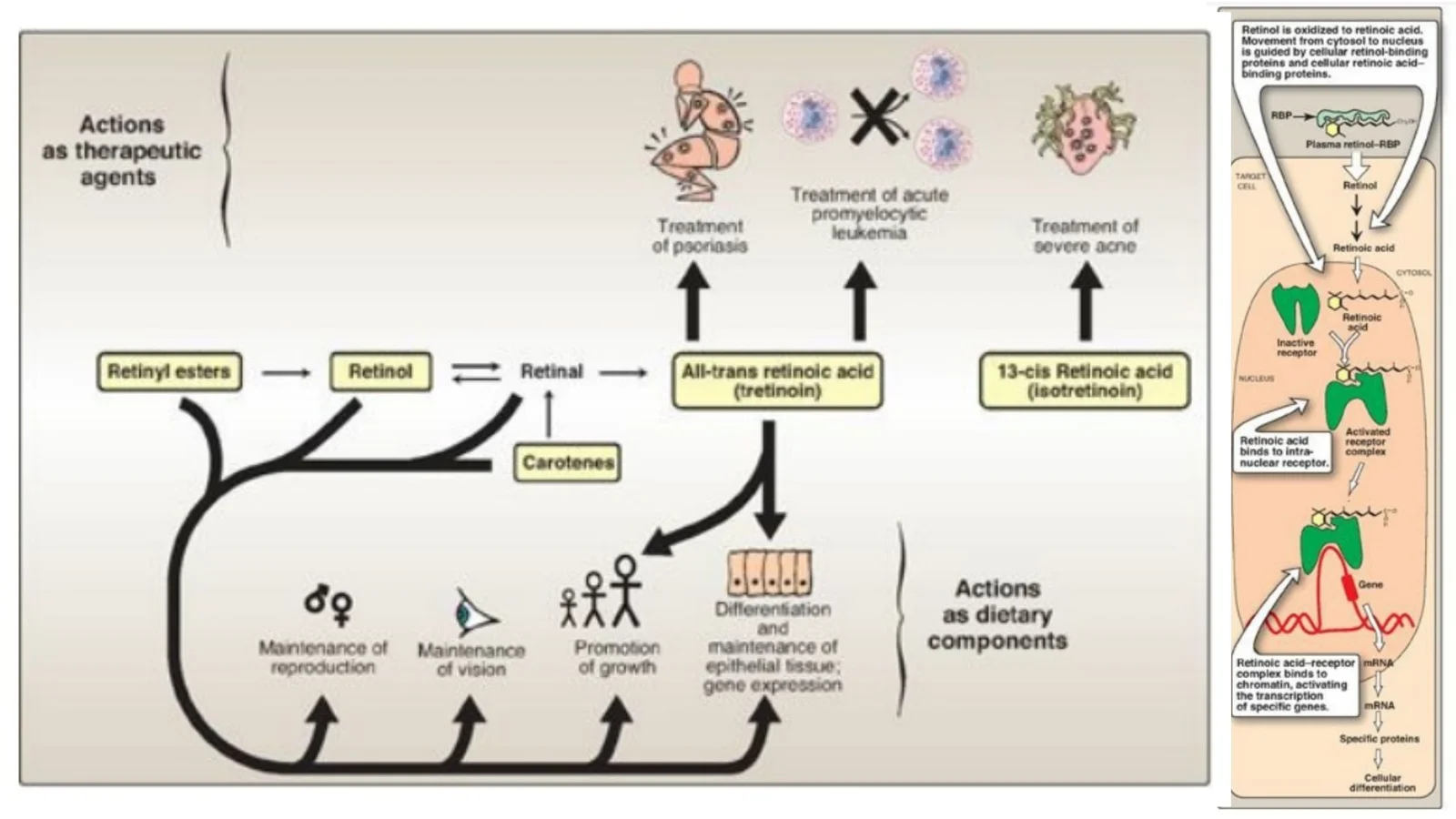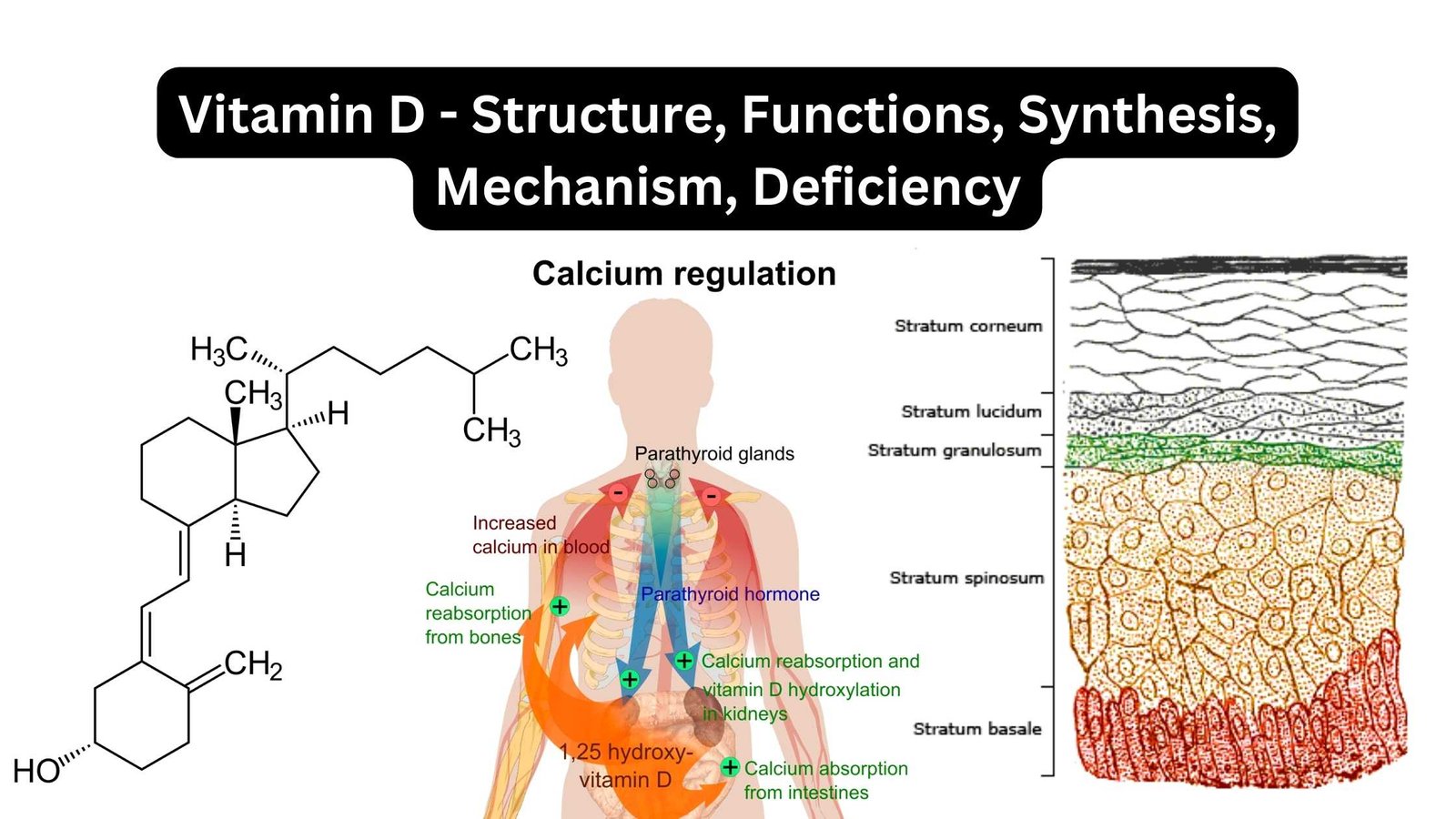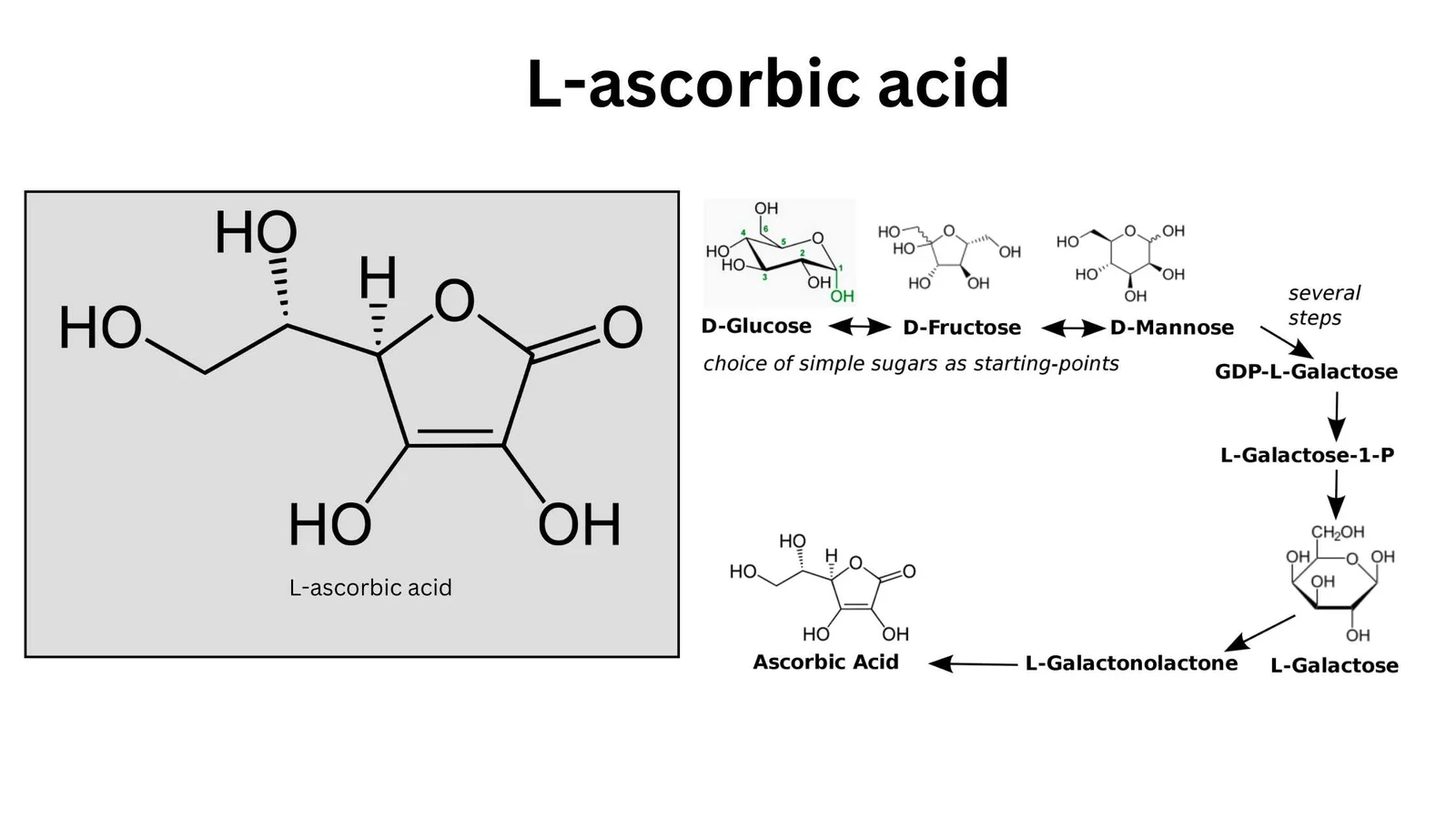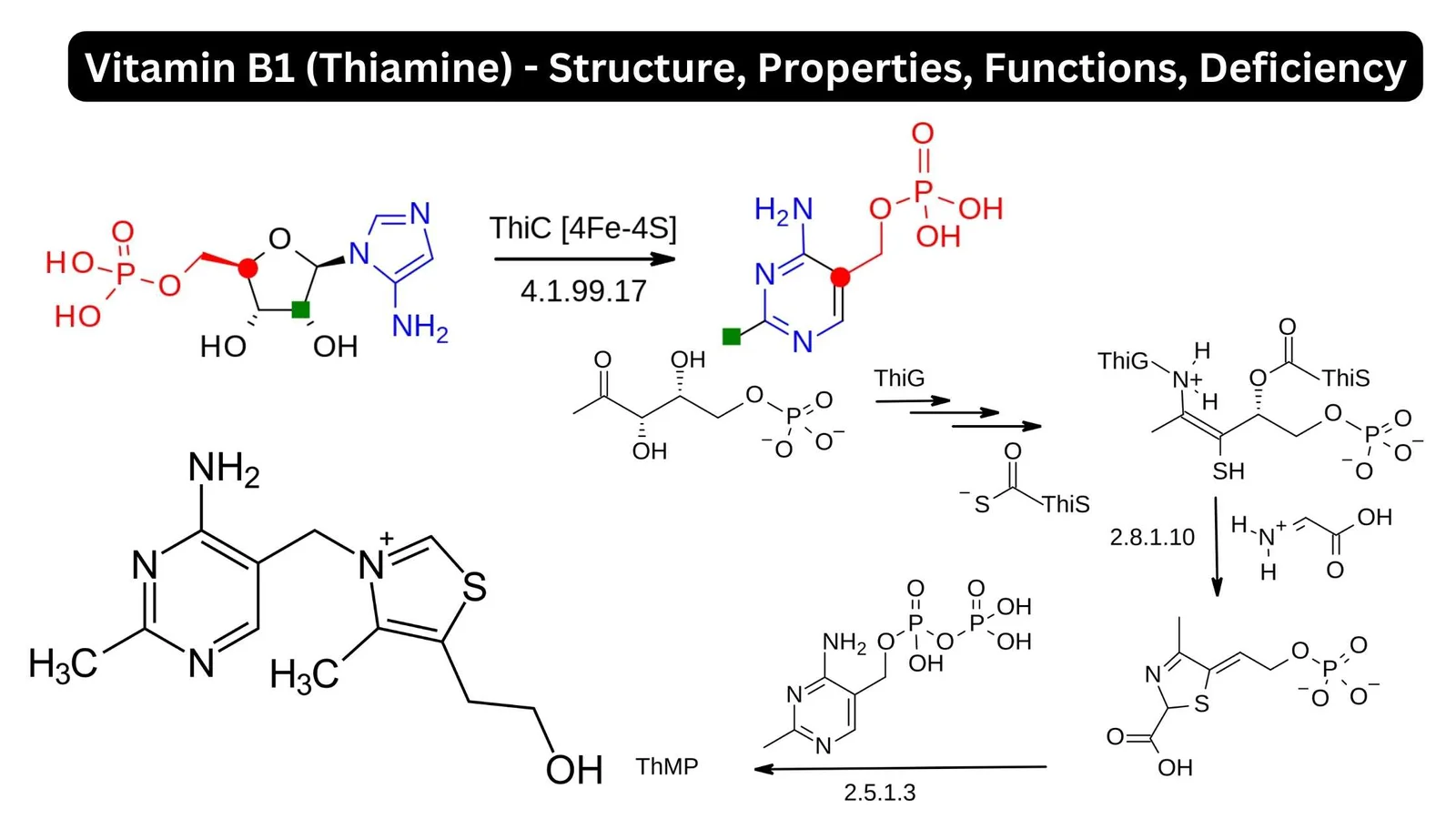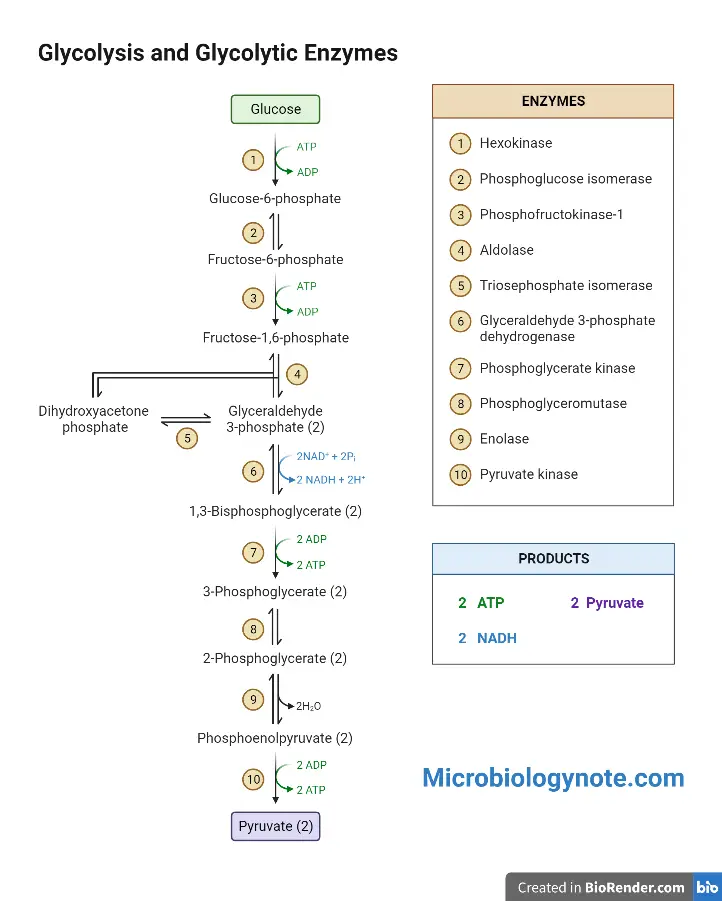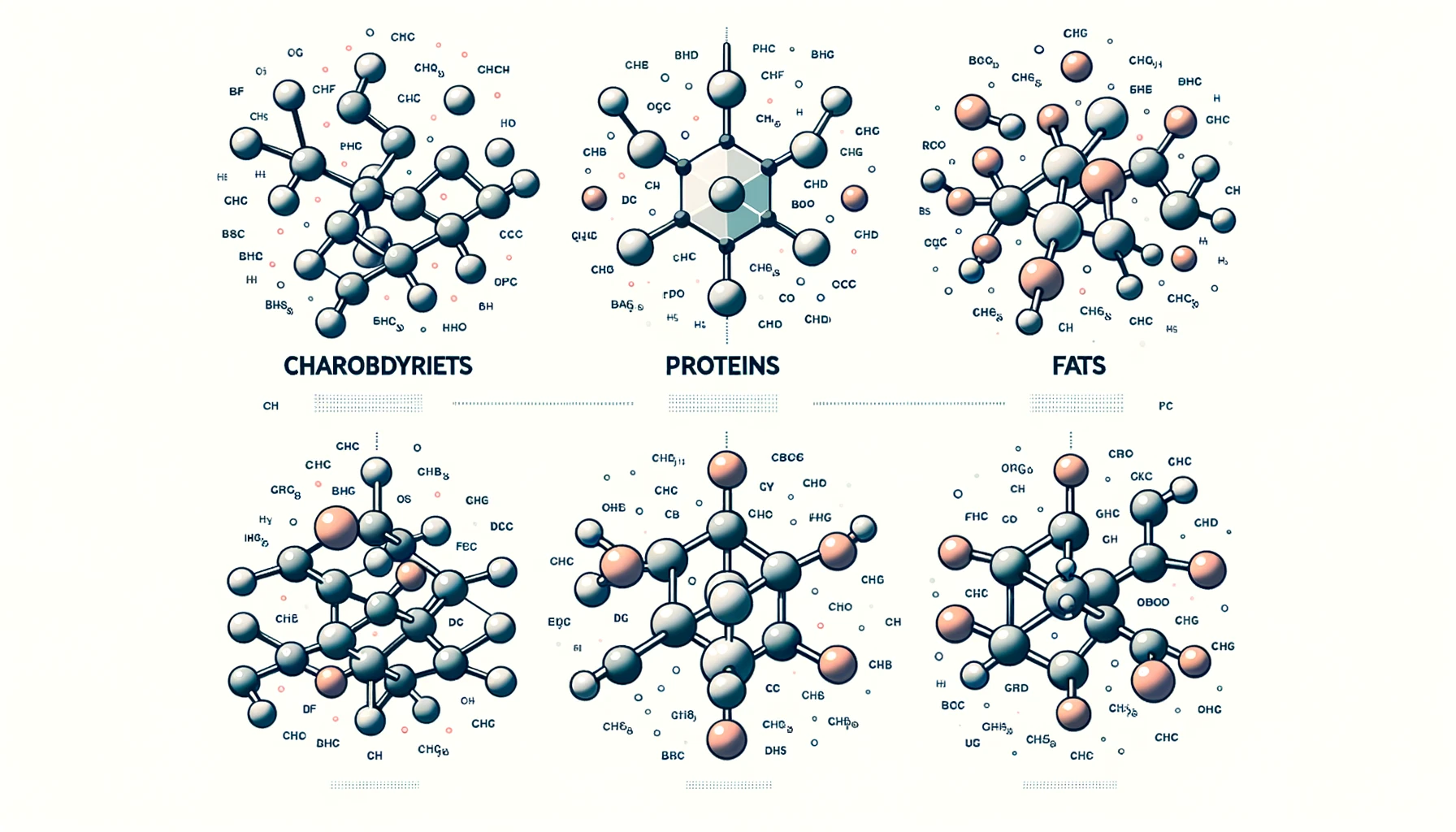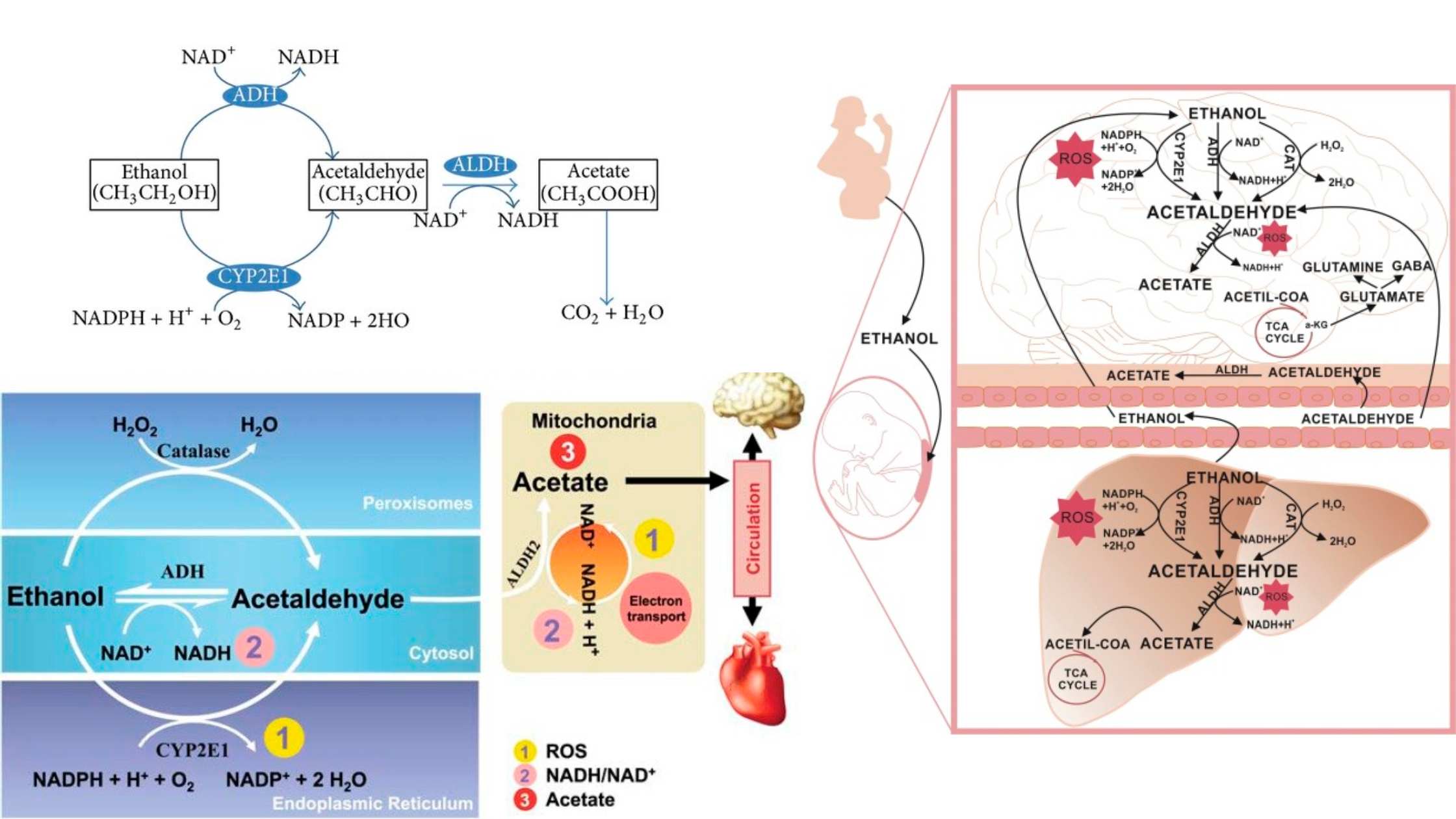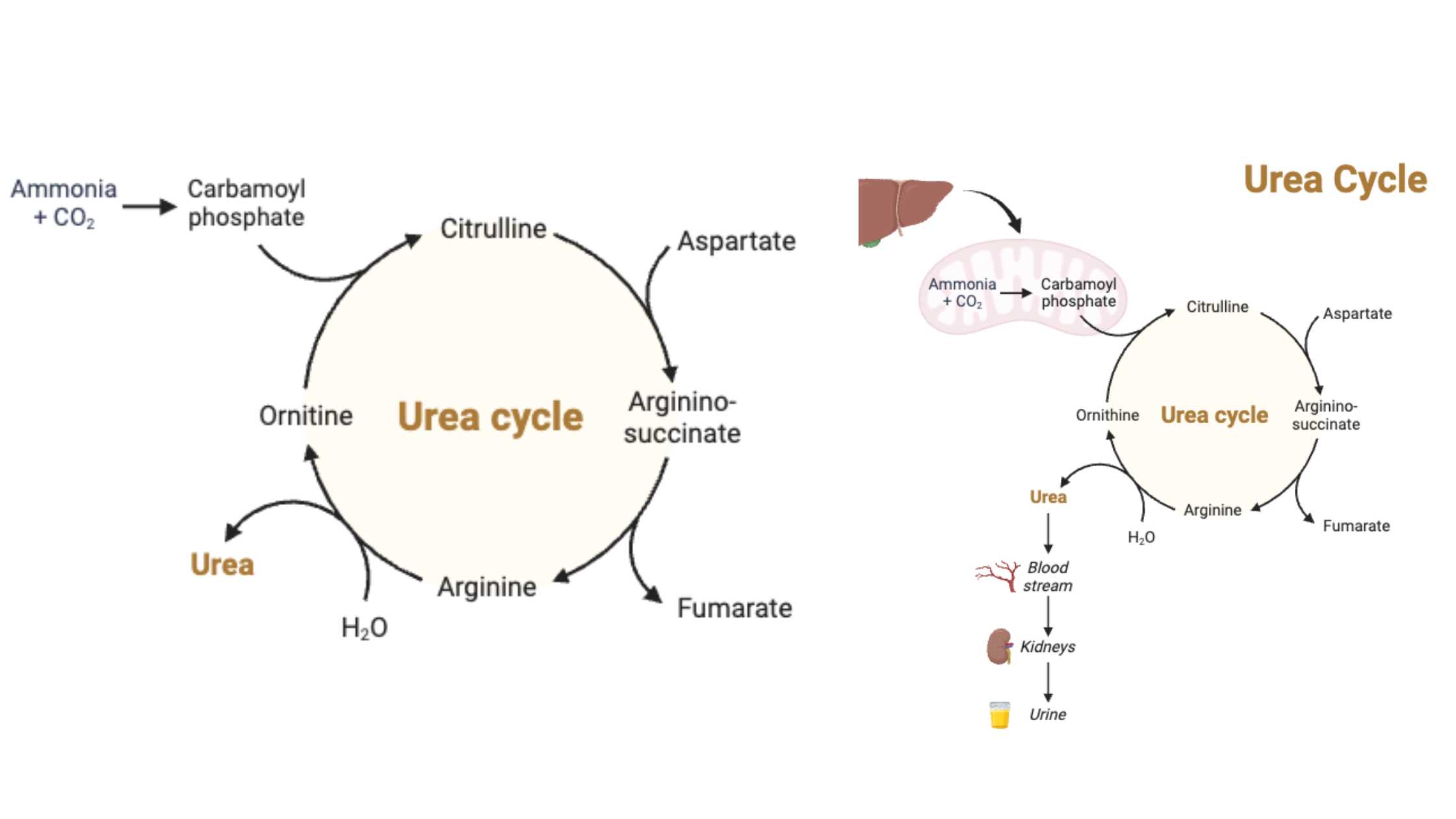Vitamin A – Structure, Functions, Properties, Source and deficiency
The retinoids, a group of molecules related to the dietary retinol (vitamin A) , are essential for vision and reproduction, growth and the maintenance of epithelial tissue. They also play an essential part in the immune system. Retinoic acid, which is derived by oxidation of retinol plays a major role in the action of the … Read more
